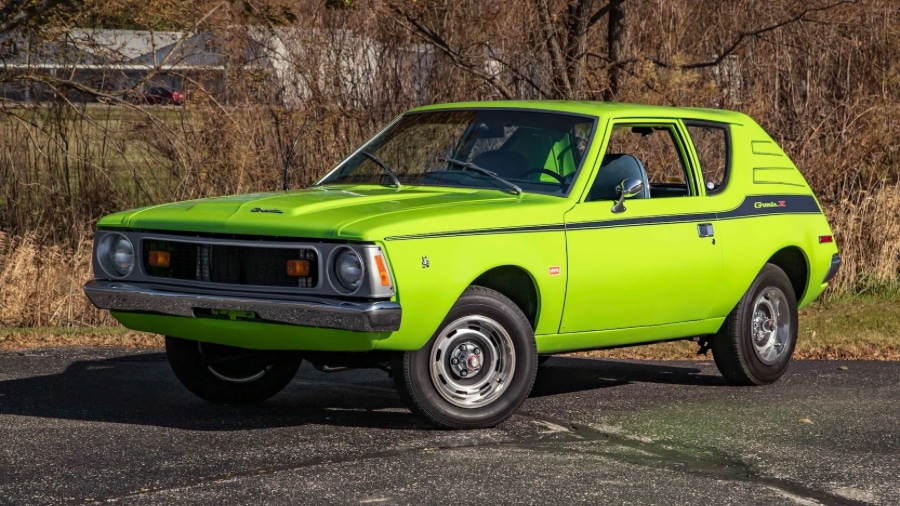The worldwide auto industry has always been highly competitive. Only the smartest and most successful companies managed to survive the challenges that have left many other companies forgotten in the sands of time. But the truth is that even the best car companies have endured economic turmoil. In fact, some of the biggest automakers had periods in which they were dangerously close to closing their doors if not for a few important models.
Where many failed, the victors continued. Despite their troubles, these companies presented the right cars at the right time and emerge as winners. Find out the car models that saved even the biggest car companies from doom right here.

ADVERTISEMENT - CONTINUE READING BELOW
Mercedes-Benz 300SL
Our list starts with arguably the most spectacular way of getting out of bankruptcy. After Germany’s defeat in WW2, Mercedes-Benz was in a complete financial and infrastructural disaster. Their factories were gone and the company could only rely on pre-war models that were quickly made obsolete by the competition (via Telegraph).

ADVERTISEMENT - CONTINUE READING BELOW
Luckily for Mercedes-Benz, Rudolf Uhlenhaut was a daredevil who loved taking risks. He developed the W194 for the 1952 Sportscar racing season. That car was constructed of lightweight aluminum and had a 3.0L straight-six engine. The result was the iconic W198 300SL, a perfect blend of beauty and performance that proved to be an instant hit among US customers. The Gullwing coupé was introduced at the 1954 New York Auto Show and produced from 1955-1957. The equally impressive roadster was available from 1957-1963. A total of 3,258 examples left the factory, effectively saving Mercedes-Benz and allowing them to re-enter the flourishing American market with the rest of their lineup.


































